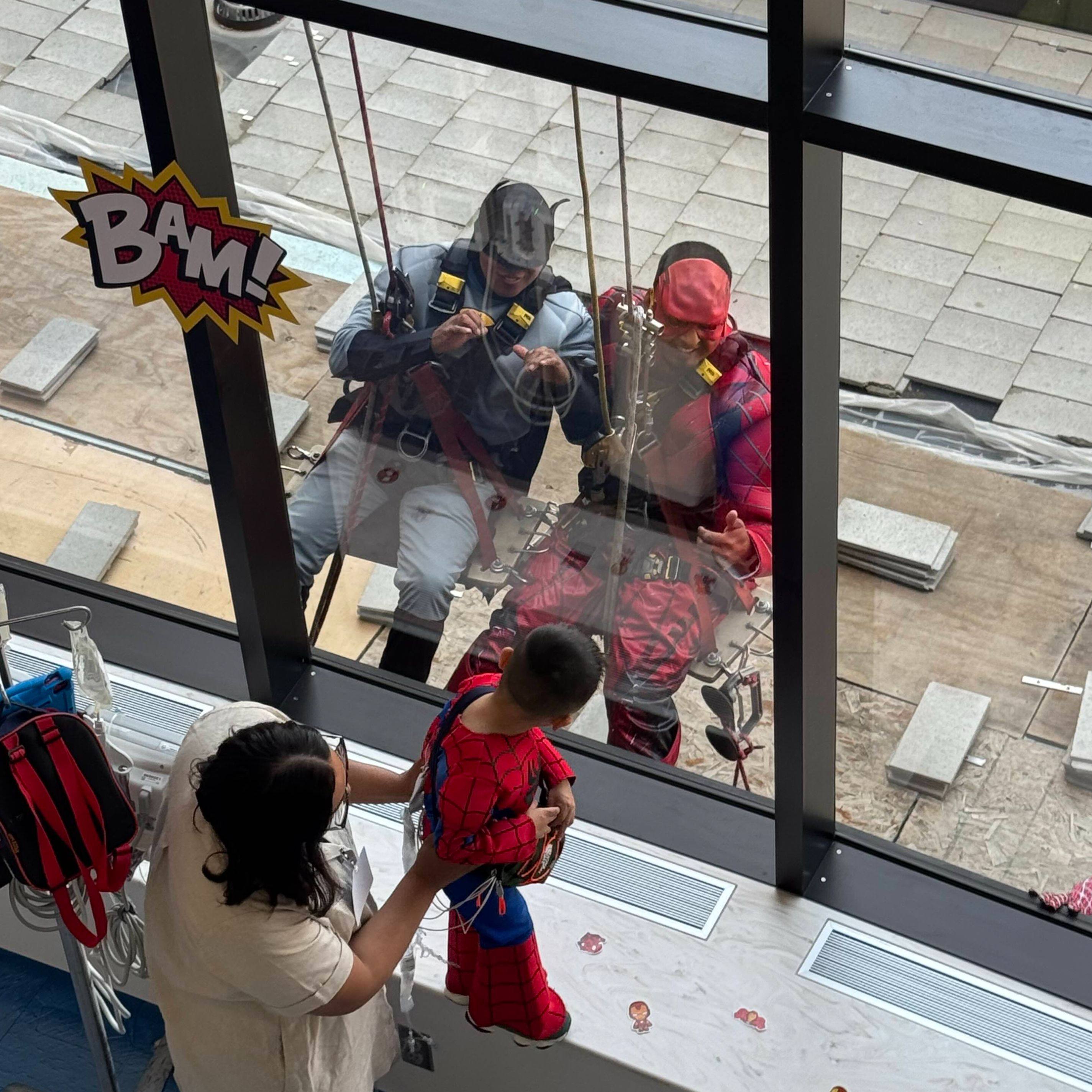-
Mayo Clinic Q and A: Cleft lip and palate repair

DEAR MAYO CLINIC: I'm pregnant with my second child. During the 20-week anatomy scan, my obstetrician detected my baby has a cleft lip. Does this mean my baby also has a cleft palate? How and when is a cleft lip or cleft palate corrected?
ANSWER: Cleft lip and cleft palate are openings or splits in the upper lip, the roof of the mouth — called the palate — or both. Cleft lip and cleft palate occur when the facial structures that are developing in an unborn baby don't close completely. While a cleft lip can form independently, it's more commonly found in combination with a cleft palate.
These are among the most common birth defects. Typically, cleft lip and palate happen in isolation, but occasionally, it is part of a genetic syndrome that includes cleft lip or cleft palate as one of its signs. Cleft lip and palate also can be associated with heart conditions, which often can be screened for and identified prenatally. It is important to be assessed by a genetic counselor to rule out any inherited diseases.
Generally, a cleft lip is repaired around the time when a child is 10 to 12 weeks old to ensure your child has established their feeding pattern and shows good weight gain. To close the separation in your child's lip, the surgeon makes incisions on both sides of the cleft and creates flaps of tissue. The flaps and lip muscles are then stitched together. This approach improves the lip's appearance, structure and function.
For a cleft palate, the repair is usually planned when the child is between 10 and 12 months old. The wait from birth to surgery for a cleft palate is longer because it allows more time for the mouth to grow. To close and rebuild the roof of the mouth requires access to a small space in the littlest of patients.
Children diagnosed with cleft palate are monitored closely for ear infections. A cleft palate can affect the function of the eustachian tube, a small tube connecting your middle ear down to your throat. The muscles of your palate help open and close your eustachian tubes. Babies are assessed for the development of chronic fluid in the middle ear and a hearing test is performed to assess your child's ability to hear. Ear tubes may be placed at the time of the cleft lip surgery or, if present, at the time of the cleft palate surgery. Sometimes ear tubes can be placed in an office setting under no anesthesia.
In preparation for their cleft lip or palate repair surgery, your child may be a candidate for nasoalveolar molding, a nonsurgical option that helps reduce the gap in the upper lip and cleft on the roof of the mouth. It also can reshape your child's nostrils. Surgery is performed after the molding is complete at around 3 to 4 months. Nasoalveolar molding can significantly improve your child's outcomes and reduce their need for additional corrective operations as they grow.
Having a baby born with a cleft lip or palate can be concerning, but these conditions can be corrected. Advancements in operations result in better outcomes for your child by improving function and reducing scarring. However, it is important to seek treatment from centers such as Mayo Clinic, which specializes in treating cleft lip and palate.
Mayo's team at the Cleft and Craniofacial Clinic in Minnesota employs a multispecialty approach to address each patient's individualized needs. Directed by plastic surgeons, the team may include specialists in ear, nose and throat (ENT), oral surgery, orthodontics, lactation, speech, hearing, psychology, genetics, social services and others. Together, this team treats hundreds of children each year who have cleft lip and palate. — Dr. Samir Mardini, Plastic Surgery and Dr. Waleed Gibreel, Plastic Surgery, Mayo Clinic, Rochester, Minnesota
________________________
Related Article
Related Articles







